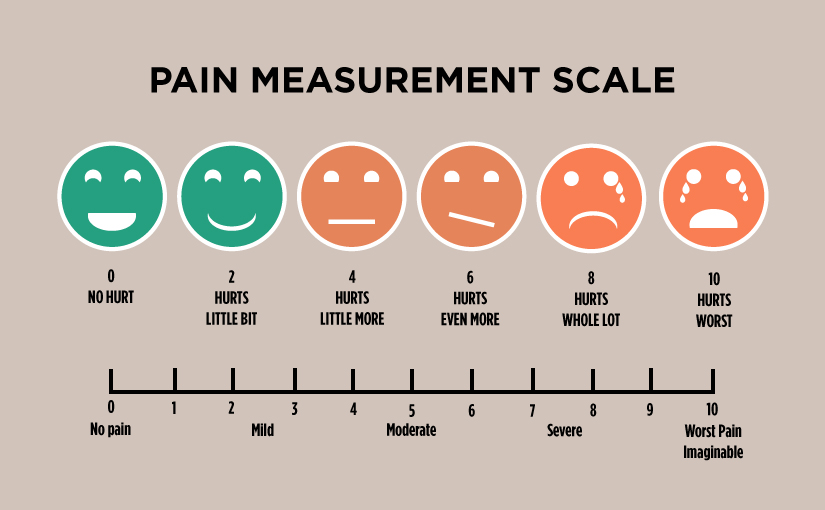
View list of eye symptoms.
View list of behavioral signs.
A wide range of symptoms are possible with Dry Eye Syndrome and many different conditions can sometimes present with the exact same symptoms. In addition, some treatments can exacerbate symptoms particularly if there are sensitivities or allergies.
When our eyes are diseased and we have discomfort in our eyes it can be very difficult to function. For people with severe discomfort, normal “every day” activities can be difficult and even unbearable. That is why it is very important to seek treatment from a qualified eye care specialist and to be diligent about undertaking and continuing prescribed treatments. Left untreated Dry Eye symptoms can severely impact a person’s quality of life.
For someone who has never experienced chronic eye discomfort or pain due to Dry Eye Syndrome, it may be difficult to understand the impact symptoms can have. People who have never experienced Dry Eye often try to be helpful and suggest lubricating with eye drops. Please see How to Respond for suggestions on what to say when someone offers advice on treating your Dry Eye symptoms.
One of the puzzling aspects of Dry Eye Syndrome is that some treatments seem to alleviate symptoms for some individuals while the same treatments do not alleviate the symptoms for another person. There are several reasons why this may occur.
- The individuals have different conditions, Conditions A and B, both presenting with the same symptoms, but each requiring different treatments. When the second individual treats Condition B with the treatment for Condition A, there is no response because a different treatment is required to treat Condition B.
- The individuals have the same condition, Condition A, but one individual also has a different condition, condition B (a co-morbiditity), that presents with the same symptoms. Once Condition A is treated, the individual still feels the symptoms because condition B was not treated.
In many cases of severe Dry Eye, numerous co-morbidities, or diseases, occur at the same time, all presenting with various symptoms. Treating one or more of the co-morbidities may provide some relief; but, unless all of the co-morbidities are addressed in turn, discomfort is likely to persist.
It is not uncommon to see a new symptom surface, “seemingly out of nowhere.” after one condition’s symptoms are treated and subside — such is the maddening complexity of co-morbidities.
This can be especially frustrating to someone with Dry Eye because symptom relief, the ultimate goal, can seem completely out of reach. For a while we think we are finally “cured.” But then we begin to feel something else. It might be a new sensation. Or, it might feel like the same old sensation. Whatever it is, it’s stopping us from resuming a normal life. This happens because the eyes only feel the worst symptom and, once that is treated, the symptom for the next worst condition surfaces in the sufferer’s awareness. We call this phenomenon “tight shoes.”
List of Symptoms
A list of common symptoms associated with Dry Eye Syndrome and related co-morbidities is easy to find and relatively short. We have compiled a more comprehensive list of symptoms and an explanation of possible specific causes for each one.
If you have ever experienced any Dry Eye symptoms that are not listed here, please contact us and let us know about them. We would like to include your symptoms in the list.
Categories
There are two categories of symptoms. The first category is Eye Symptoms. This is a list of sensations experienced in the eyes. The second is Behavioral Signs. This is a list of behaviors that may indicate a severe case of Dry Eye Syndrome.

How bad is it?
Symptoms such as pain or burning are typically rated on a scale of 1 to 10, with 1 being very mild and 10 being the worst ever.
Some consider eye discomfort to be the worst pain imaginable, greater than even that of a kidney stone or childbirth. This may be because the eyes are the site of the highest concentration of nerve cells in the body, explaining why, when we get something as small as an eye lash in our eye, we stop everything, rush to a mirror, and look for the lash.
Eye Symptoms
Blinking Frequently
Blurred Vision
Burning
Cloudy Cornea
Crawling on Eye Lashes
Crusting
Debris in Eyes
Debris in Eye Lashes
Difficulty Opening Eyes
Drippy Eyes
Dry Eyes
Epiphora
Eye Pain
Eyes Feel Like Open Wounds
Feels like Crushed Glass in the Eyes
Foreign Body Sensation
Gritty, Scratchy, or Sandy
Heavy Eyes, Heavy Eye Lids
Inflammation
Itching
Lids Stick to Eyes
Menthol, Acid, and Gasoline
Misdirected Lashes
Mucous Discharge
Pain or Other Discomfort when Reading, Driving, or Doing Other Activities that Require Focus
Raw
Redness
Saponification, Frothy Tears
Screwdriver in Eye at Waking
Sensitivity to Fumes and Perfumes
Sensitivity to Light (Photophobia)
Sensitivity to Temperature
Stinging
Tearing
Tired Eyes
Tissues Under Eye Lids
Twitching Eye Lids
Watery Eyes
Wetness
Behavioral Signs
Anger
Anxiety
Avoiding Light
Behavioral Signs Overview
Depression
Desperation
Disappointment
Fear of Being in Public Because Eyes Look Bad
Fear of Getting a Haircut
Fear/Terror
Frequent Cold Compresses
Frequent Use of Eye Drops
Frequent Warm Compresses
Frustration
Hopelessness
Keeping Eyes Closed
Loss of Social Contacts and Friends
Panic, Panic Attacks
Post Traumatic Stress Disorder (PTSD)
Seeing Many Eye Doctors
Skepticism, Thinking No One can Help
Staying Indoors During the Day
Thinking about Enucleation (Removing Eyes)
Thoughts of Suicide
Unable to Drive
Unable to Read
Unable to Scan Grocery and Other Store Shelves
Unable to Use a Computer
Unable to Work
Withdrawal from Normal Daily Activities
Support Not A Dry Eye Foundation. When you shop at smile.amazon.com, Amazon donates 0.5% of your purchase.

